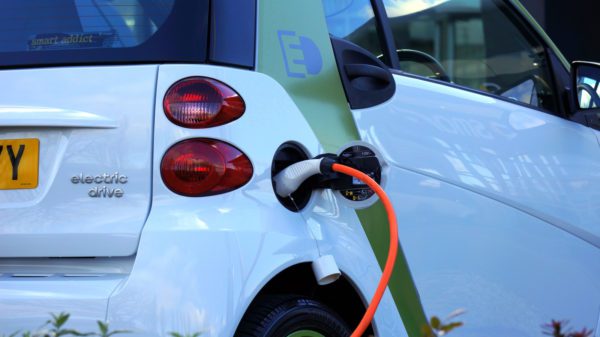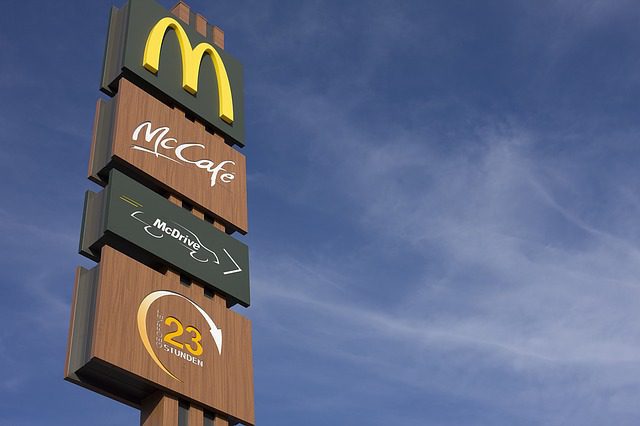In Boston and several U.S. cities, McDonald’s is testing a “customized digital Big Mac ATM” along with self-ordering kiosks. At a Boston location, the Big Mac ATM will dispense Big Macs between 11 am and 2 pm at no charge to customers who enter their Twitter handle on the machine’s touch screen. It’s a clever marketing ploy to help spread the word:
“It’s really just a fun way to be modern and progressive,” said Vince Spadea, a McDonald’s franchisee who is part of a cooperative of owners. “I think we’ll have lines out the door.”
The ways companies are using technology to meet the needs of customers are exciting and fun. This machine will no doubt be welcomed by those customers who want to get in and out quickly or avoid lines with regular cashiers. The ability to control your order by customizing it to your tastes with the tap of your own finger is a trend we’ve grown accustomed to.
However, it’s hard to deny that this isn’t a step toward the nation’s largest fast-food restaurant finding ways to reduce costs – the costs of workers.
McDonald’s already made waves when it announced last fall that it would roll out self-order kiosks and table service in all of its 14,000 U.S. stores. Customers can order using a touch screen then pick up a number with a digital locator so that staff can serve them at tables. This eliminates the need for cashiers, but does keep servers around.
In Massachusetts, like many other cities and states, the legislature approved a significant minimum wage increase. At the start of 2017, the hourly pay for the lowest wage workers was bumped up from $10 to $11 an hour. This is the end of a three-year phased minimum wage increase passed in 2014 when the state’s minimum was $8 an hour.
$11 an hour is not enough for the unions that are pushing for the wages to go up to the arbitrary $15 mark in vogue right now. This is despite surveys from employers who express the financial burden that each new dollar hoists on their backs.
Earlier this year, two surveys found that a $15 minimum wage would drive up compensation costs for three out of four of the state’s employers. The total added costs to an employer are startling:
“We will employ fewer hourly employees at higher minimum wages,” one survey respondent wrote. “Each dollar increase costs our company $1.5 million per year.”
Minimum wage advocates point to the fact that businesses haven’t shut down or laid off workers in masse. It’s still early to draw definitive conclusions and they neglect to consider the long-term planning that employers (particularly in the food and services industries) are making to replace staff with automation and robots.
Millennials love technology because of the ease, efficiency, and savings that it delivers. Employers are warming up to it as well as they look at their bottom lines and plan for a future where even a $15 minimum wage will not be enough.
It’s a matter of time before automation continues to replace low-skilled and low-wage jobs across the industry. For those workers, it won’t be as simple as just finding another job as experts suggest:
“Increasingly, low-skill workers will not only have to compete with each other for jobs at higher wages, but also with computers,” wrote Darrell M. West, founding director at the Center for Technology Innovation at the Brookings Institution, in a blog post last year. “Staying competitive in a changing job market will require workers to specialize in tasks that computers cannot easily perform.”
For out-of-work minimum wage earners like teens and young adults or new immigrants to our country trying to get established, I don’t think the taste of the Big Mac will be quite the same knowing that the machine that dispensed it could have been a short-term job opportunity. The challenge then is figuring out how we get them into the jobs that can’t be replaced by a robot.
This article was originally published on IWF.org.
Photo by pointnshoot 


























